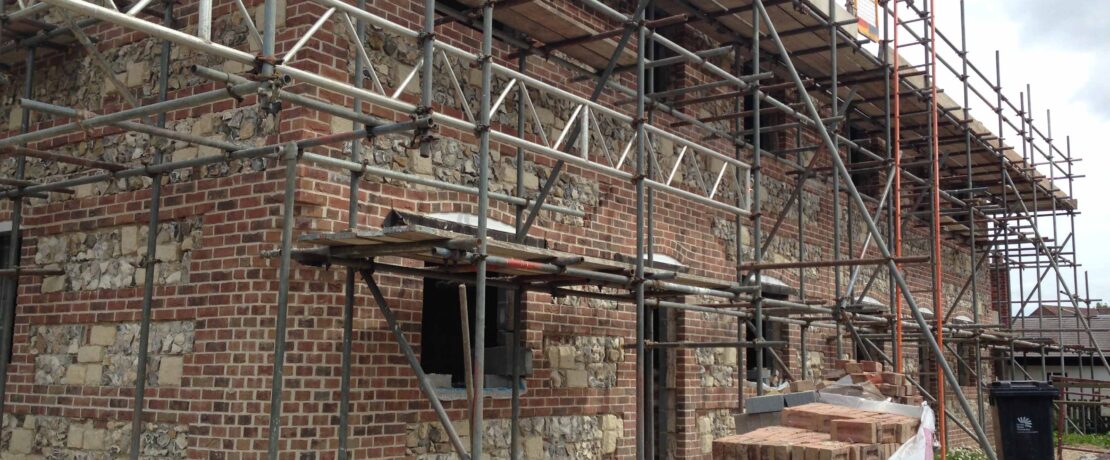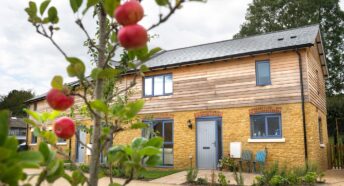Dorset Housing Target is excessive, misguided and threatens Environment
Dorset CPRE Press Release 10th September
Update: please read Dorset CPRE’s response to the 2024 open consultation on the proposed reforms to the National Planning Policy Framework and other changes to the planning system.
Dorset Housing Target is excessive, misguided and threatens Environment says Campaign Group
Dorset CPRE says the Government is setting totally exaggerated and unrealistic Housing Targets for Bournemouth, Christchurch and Poole (BCP) and Dorset Councils. A new formula announced on 30th July would require an additional 93,000 homes in BCP and Dorset over 15 years.
The build rate in Dorset would need at least to double, as the Government seeks to shift house building from big cities. Congestion and NHS problems are bound to multiply.
Leading charity Dorset CPRE also reveals that the proposed target won’t achieve key goals. It would neither bring down house prices nor address the shortfall of truly affordable housing and lack of social or low-rent housing.
Moreover, Dorset CPRE warns that the plans could result in the obliteration of the small remaining BCP Green Belt. They go on to highlight that, apart from huge increases in BCP, all the towns and larger villages in Dorset could be earmarked for large new developments too, threatening Dorset’s exceptional environment.
A spokesperson for Dorset CPRE stated that they hope to work alongside council officials and elected representatives in developing appropriate responses to the plans during the current period of consultation which ends formally on September 24th. “We have newly elected MPs and a new Council. This is the first test of whether they really stand up for local people”, says Mike Allen.
Ends
(Reference: MHCLG Open Consultation “Proposed reforms to the National Planning Policy Framework and other changes to the planning system” (2-8-24))
Key Issues Highlighted by Dorset CPRE:
- Unrealistic Targets: Dorset CPRE disputes the feasibility of Dorset Council’s new housing target, which according to the Government’s formula, would require the number of new homes to increase from the current 1,310 in 2023-24 to 3,230 annually. This target is significantly higher than the Office for National Statistics’ (ONS) projected household growth of 1,212 per year, driven mainly by net in-migration of older residents.
- Supply Chain Constraints: Such high targets are far beyond the available supply of building materials and skilled labour, leading to inflation. The plan also clashes with efforts to reduce emissions, raising further concerns for the environment.
- Demand and Finance Challenges: There is no evidence in Dorset that planning constraints are the main barrier to house building. There are currently 11,060 plots in Dorset5 waiting to be built and 8,000 plots2 waiting in BCP. Additionally, buyers are lacking who have the financial resources required to support the increased housing demand required by the targets.
- House prices: Contrary to public perception, large housebuilding targets do not lead to a decrease in house prices; indeed they may have the opposite effect if developers look to buy more land. When prices start to fall, developers slow down rather than sell cheaply.
- Risk of Harmful Development: Dorset allocating land for 48,450 homes, plus a potential 10,000 allowance for overspill from Bournemouth, Christchurch, and Poole (BCP), would force planners to approve unsustainable Green Belt and greenfield sites. Potentially for BCP, additional sites would eradicate the tiny remaining green belt which separates BCP from Dorset to the north.
- Environmental and Climate Change: Higher housing numbers have an adverse impact on air pollution, carbon footprints, loss of natural habitats, reduction in ecological pathways and biodiversity, and Nitrogen and Phosphorus pollution in Poole Harbour.
- An alternative approach: Dorset CPRE would prefer realistic achievable housing targets to be used, based on local data detailing household growth and current home completions as well as affordability. Affordability should be addressed directly by investment in social rent homes, known to offer an excellent return6.
Data
| Annual numbers of homes by authority | Current Housing Target1 | Current draft local plan target2 | Proposed housing Target1 | New housing completions 2023-43 | Average Annual Net housing additions (2020/21-2022/23)1 | ONS 2018-based projected average household growth4 |
| BCP | 2,749 | 1,600 | 2,962 | 160 | 752 | 756 |
| Dorset | 1,788 | 1793 | 3,230 | 1,310 | 1,646 | 1,212 |
Footnotes
(1) Figures from the spreadsheet provided with the NPPF Consultation July 30th 2024
(2) From draft local plans
(3) House building, UK: permanent dwellings started and completed by local authority; ONS March 24
(4) ONS 2018-based household projection, principle projection, averaged over 2024-34
(5) See page 8:
(6) The Centre for Economics and Business Research, working for Shelter and the National Housing Federation, published a report in February 2024 showing the cost-benefit of building 90,000 social rent homes nationally.
They calculated that the long-term benefits far out-weighed the costs by over £50bn, suggesting that each new social rent home would generate a long-term economic benefit of £570,000. So subsidising new social rent homes would pay a handsome return for society and the economy.
https://www.housing.org.uk/globalassets/files/cebr-report-final.pdf (See p5)
Similar research published in May 2024, by Sonnet Advisory & Impact, working with Sheffield Hallam University, calculated that each social tenancy brings with it an economic benefit to society of £18,051 per annum.
https://sonnetimpact.co.uk/reports/the-value-of-a-social-tenancy-saves-78-billion-annually/ (see Summary Report p4)








